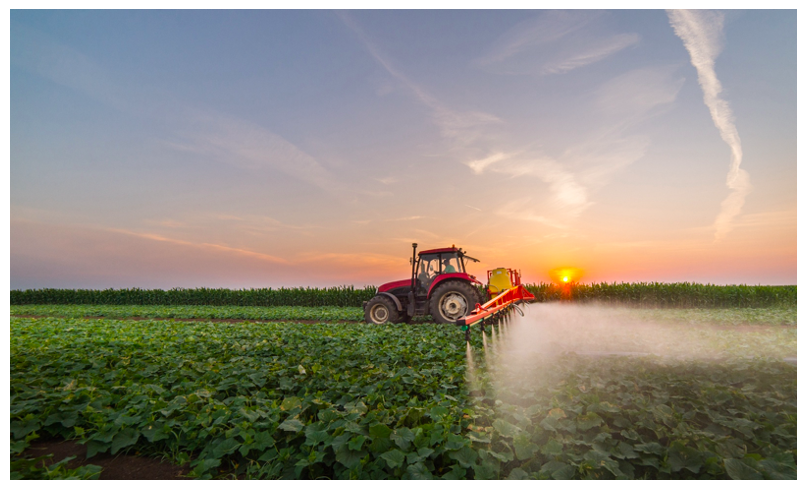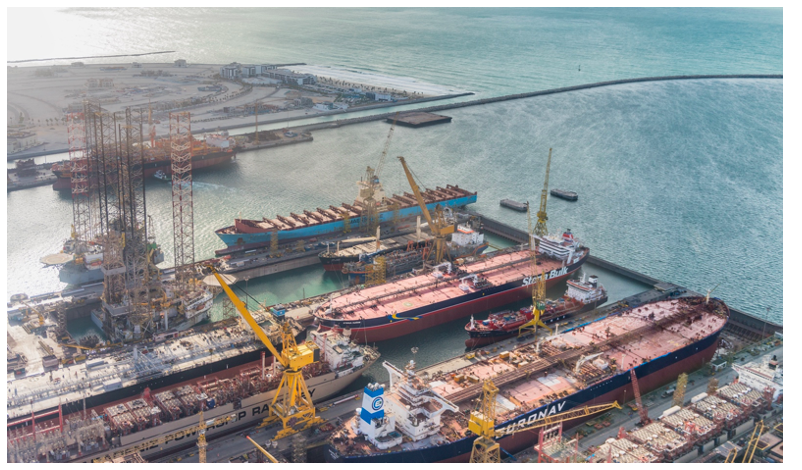Insight Focus
- Brazilian fertiliser supply disrupted as half came from Russia and Belarus in 2021.
- The government is looking to other origins, but supply is limited.
- Applications will be limited but soybean yields should hold firm in as over-application is common.
Concern around Brazil’s high dependence on imported nitrogen, potash and phosphate became a national craze shortly after Russia invaded Ukraine in late February.
As soon as the media told everyone that 85% of all fertilisers used in Brazil are imported, and that Russia and Belarus supply 28% of those purchases, the potential shortage for the next soybean crop became a topic of conversation at bars, supermarkets and between Uber drivers and their passengers.
The main questions, in general, are always the same. Why does Brazil import so much of its fertiliser and how Brazilian agriculture will be impacted by the war in Ukraine and the consequent economic sanctions imposed on Russia and Belarus?

Brazil is an agricultural powerhouse. The world’s largest producer and exporter of soybeans, sugar, coffee and orange juice. A key player in corn, cotton, and meats. It’s also a giant when it comes to fertiliser, which is imported to correct not only the acidic soil of the Brazilian savannah, where most of the soybean expansion took place over the past few decades, but to improve productivity in other regions of a country that are not home to land where every single seed thrives as soon as it touches the soil.
In 2021, Brazil imported 41.6m tonnes of fertiliser, a new record for the country, taking turns with India as the main global importer. The main Brazilian importer was the state of Mato Grosso (19%), the largest producer of soybean, corn, and cotton, followed by Rio Grande do Sul (16%) and Paraná (13%), which are major soybean, corn and wheat producing states.
In the 2020/21 soybean season, before the recent price spike, fertilisers represented 34% of the operating costs in northern Mato Grosso and 14% in northern Paraná, according to Brazil’s crop agency Conab. In the 2021/22 crop, which is being harvested, the fertiliser share rose to 38% and 18% respectively. For 2022/23, the first estimates released by Imea (Mato Grosso’s Institute of Agricultural Economics) show that farmers in the north of the state will spend twice as much on fertilisers as they did last year.
For Brazilian soybeans, the main problem is potassium chloride, with 95% of the country’s supply coming from abroad. Of that total, almost half (47%) is imported from Russia and Belarus. In attempt to reduce the dependence on those two countries, the Brazilian government has been negotiating an increase in imports from other suppliers such as Canada and Israel.

However, as potash exports are more concentrated than those of phosphate and nitrogen fertilisers, it’s quite difficult to replace the entire Russian and Belarusian supply so quickly. With the recently launched National Fertilizer Plan designed to increase Brazil’s domestic fertilizer production over a 50-year horizon, and at the same time, having a soybean crop that starts being planted in six months, using less fertiliser seems a valid option.
For that reason, and even if the sanctions on Russia don’t include fertilisers, as the Brazilian government has pleaded, state-run agricultural research agency, Embrapa, will begin a series of visits to the main agricultural regions of the country in April to train farmers how to use fertilisers most efficiently. With this, they should reduce applications by 20% in 2022/23, all without significant yield losses. In many cases, producers tend to use more fertiliser than is actually necessary.
According to the local consultancy, AgRural, Brazilian farmers have already purchased about 50% of the fertilisers they will need for the 2022/23 soybean crop, with most of those purchases concentrated in central and northern states. Nobody knows for sure, however, whether and when they’ll be delivered, especially those bought from Russia and Belarus. Logistical issues resulting from late purchases made in alternative countries can also be a problem over the next months.
Those uncertainties, combined with the sharp rise in prices, may limit the soybean area increase in the new crop, which tends to be lower than the 3.5% growth seen in the 2021/22 crop. So far, however, there are no signals of a reduction in the planting intention. Consultancy, AgRural, will release its first estimate for Brazil’s 2022/23 soybean plantings in July. The last time the country’s soybean area dropped was in the already distant 2006/07 crop.
Other Insights That May Be of Interest…
Making Sense of a War-Torn Wheat Market
What the Conflict Between Russia & Ukraine Means for Wheat
Russian Invasion Could Make India a Major Global Wheat Player
Explainers That May Be of Interest…
